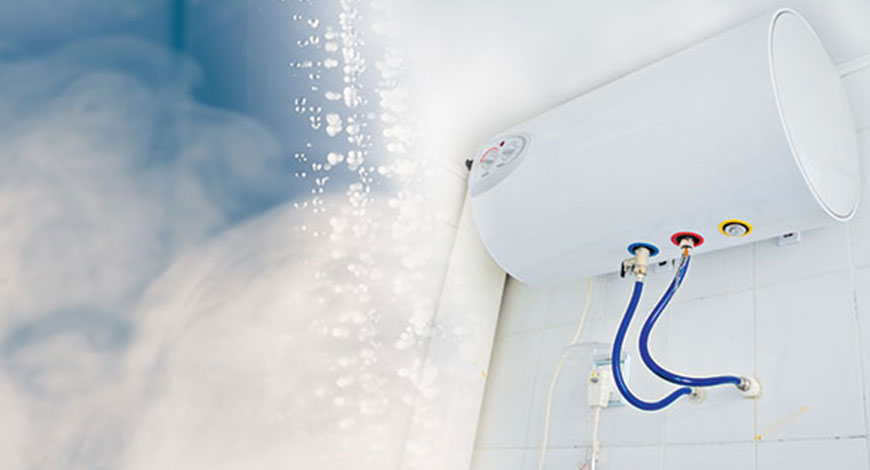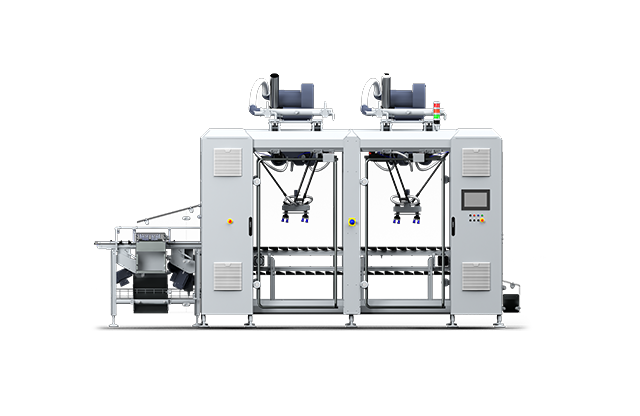It isn’t easy to achieve a polished, professional appearance while remaining comfortable and stylish in tech startups. However, balancing casual and business attire is a great way to increase professionalism as well as challenge gender norms.
Clove, a company that makes eco-friendly flats and shoes made from fashion-forward materials, has found its niche with women in the technology industry. Their simple shopping experience and extended sizes also attract environmentally conscious customers.
Dress code Code
Tech startups’ dress codes are more casual than traditional offices, but still provide a professional appearance. The combination of business casual attire and comfortable clothing allows individuals to express their individuality while maintaining their professional identity and check this site out https://aristino.com/blog/vest-cuoi-nam-dep-tre-trung/.
When it comes to the definition of business casual attire, some companies will refer to it as khakis, or Chinos paired with a button-down shirt and formal shoes. Some employers prefer a skirt or blouse or pantsuit with button-down shirt. In both cases, a dress shoe is preferable over sneakers. Hoodies work well as top-layers, but ripped or graphic-print shirts are not. Shoes should be made of leather or polished and fitted well.
Although some employers permit informal dress codes however, it’s important to keep a professional appearance when you meet with prospective investors or clients. If your client is attending an online conference alongside you, then it is best to dress professional.

The relationship between fashion and technology is ever-changing as women in tech frequently finding the right balance between personal style and professional image. This comprehensive investigation explores how clothes can be utilized to question gender norms as well as boost self-confidence and lessen impostor’s syndrome at work. The ultimate goal is to empower and inspire women working in tech through encouraging them to select clothes that reflect their authentic persona, regardless of the traditional standards.
Business Casual Dress
Tech casual and startup casual as the name suggests is a style of business that incorporates popular street and athleisure styles. The majority of business casual wear is comprised of blouses, button-down shirts, and well-tailored tops with sleeves that are padded and necklines that are not too visible. The skirts and dresses that have sheaths or which end in the lower part of the knee also acceptable. Dress slacks, trousers, and tailored pants in neutral shades like navy, black or gray are acceptable business casual bottoms. Shoes must be appropriate for the workplace and can include flats, pumps stilettos or closed-toe heels.
No matter if you’re having a drink with friends close to the Gare du Nord or attending an event for sales in Silicon Valley, it’s important to always keep your wardrobe up to date for your work. This is even more important when you’re transitioning to a new organization or role. This guide will teach you how to make a great first impression.
Although the dress code in Silicon Valley is relaxed, being professional is crucial. It’s important to remember that it’s not just about looking nice. It’s also essential to be mindful of the environment you work in. Consider hiring a personal stylist to help you create the ideal outfit.
Startup Fashion
Although corporate attire remains the norm at most workplaces, startup culture has created a new style of workwear. It is evident that the younger techies are more comfortable wearing T-shirts, jeans, and sneakers instead of suits. You may also see women dressed in dresses or skirts and blouse. This casual business look is often referred to as Silicon Valley fashion, as it is popular with tech entrepreneurs and their staff.
This casual style of business attire is usually influenced by VC companies as well as tech giants like Google, Facebook and Apple. There is a chance that you will be able to see a formal suit of senior executives at an industry gathering or an investor gathering. The suits are typically worn by industry thought leaders who wish to stand out or be noticed in the crowd. This includes people in leadership positions, entrepreneurs trying to raise money for their business venture and social media influencers.
You must feel comfortable at working, but you should not compromise your appearance or professional look. Wear clean clothes without tears or holes. Avoid clothes that show excessive skin. For instance, it is recommended to avoid crop tops, mini-skirts and low-cut tops when you are dressing business casual for a job interview. Think about hiring a personal shopper or stylist to create a wardrobe that matches your style as well as professional goals.
Professional Casual Clothing
It can be difficult to determine which clothes to wear when an organization states that they are business casual. It’s essential to avoid wearing a suit but also to avoid showing up in jeans and a t-shirt. MaryKathryn McArthur is a lead stylist at Short Story, an online retailer and personal styling service catering to petite women. She says you can’t be wrong when you move up from casual startup outfits to professional business clothes.
Blouses, dresses, or pants in corduroy or khaki are key pieces to a business casual outfit. Additionally formal shoes, such as flats, are a good option. A blazer or jacket is ideal, particularly during cooler temperatures for a touch of extra formality to the look. Sneakers can be worn but they are ideal to use for running errands and working out.
The most important thing to consider is that you’ll have to adapt your casual attire to the company’s culture and dress code. It’s a good idea, if you aren’t sure what to expect from your employer, to do some research prior to the event. If possible you could also ask HR to provide specific guidelines. When you first start your job, it’s a good idea for you to be conservative and formal. Ultimately, your goal is to be comfortable and confident without appearing sloppy or overdone.




